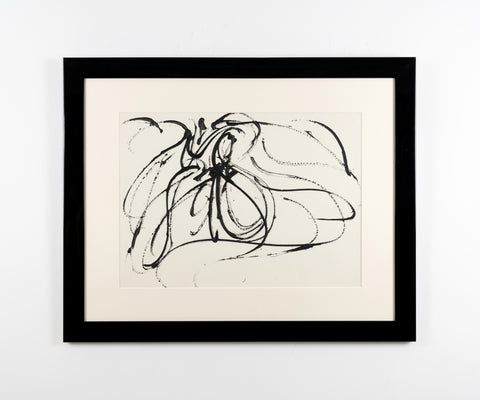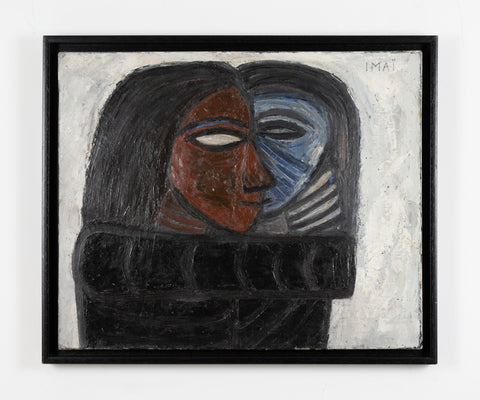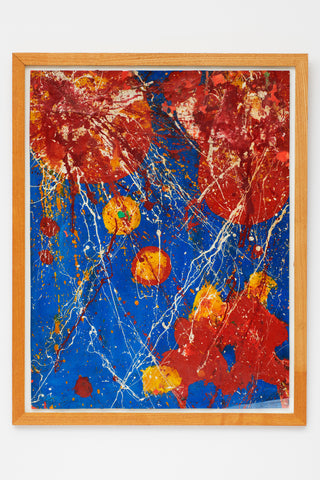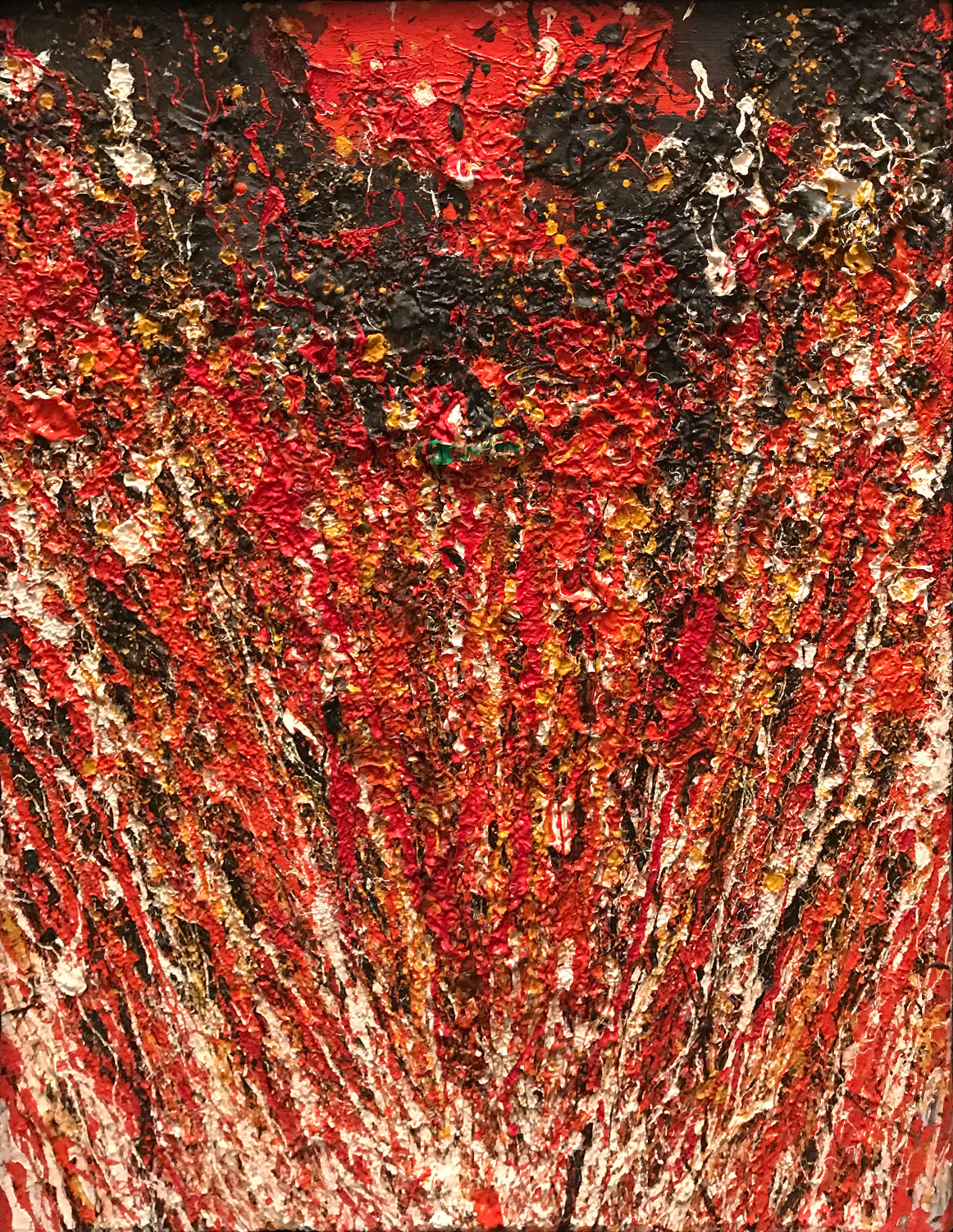

TOSHIMITSU IMAI
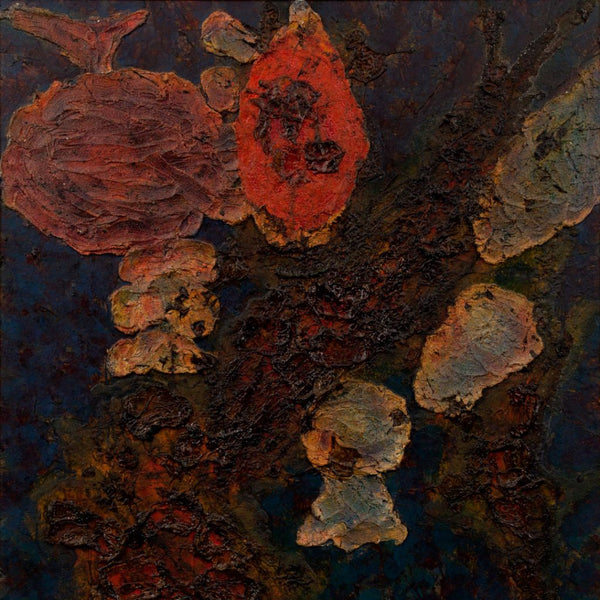
Toshimitsu Imai was born in Kyoto City. He once said, "What is important for me is not paintings, but culture." In the 1970s, the French magazine Le Nouvel Observateur praised Imai's works, describing them as 'a happy marriage between Oriental calligraphy and abstract painting.' One of Imai's paintings is even named Light of The Orient.
In 1952, in the aftermath of the war, Imai moved alone to Paris, where he participated in the Art Informel movement led by Michel Tapié. Although he temporarily returned to Japan in 1957, Imai sparked an 'Art Informel sensation' in the Japanese art scene with Tapié, Georges Mathieu and Sam Francis, who later visited Japan.
The Art Informel movement sought to challenge the traditional aesthetic values and approaches to art, primarily aiming to overturn the rational concept of beauty established in Europe. This uncompromising attitude of the Art Informel movement profoundly impacted Japanese art. On the other hand, Imai viewed Japan and its people as his subjects, enabling him to embody the traditional Japanese sense of aesthetics and challenge European stereotypes. As a result, Imai presented a sense of Japan that linked nature and art and broke the deadlock in Western art, which had become detached from 'life.' By doing so, he introduced a fresh perspective of aesthetics that challenged the Western standards of beauty that heavily influenced Japanese art.

